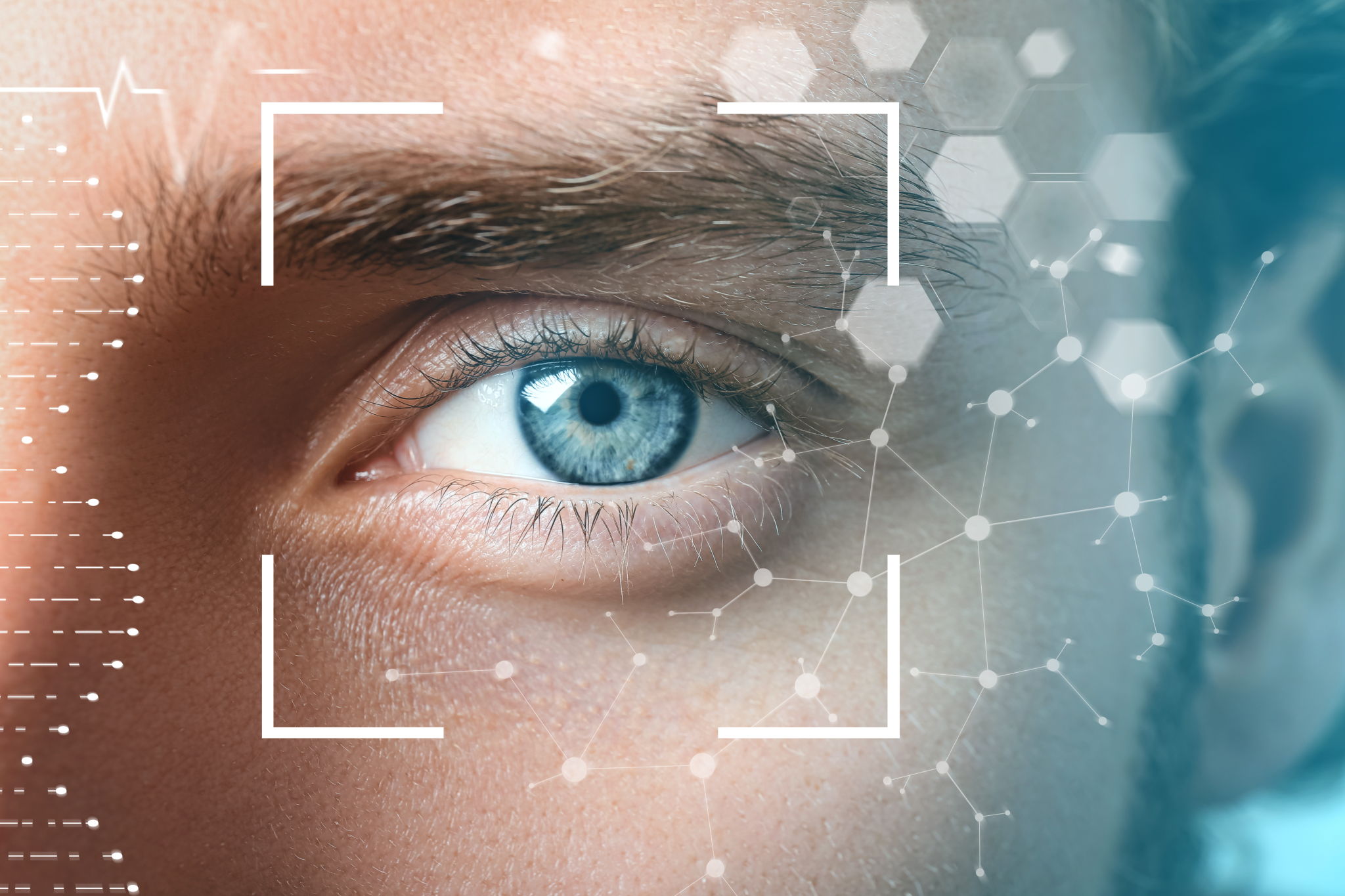Myopia (Nearsightedness)
Eye Treatments
Say goodbye to blurry sight and hello to a world of clarity with our myopia treatment options! Let us help you see the world in a new light.
Myopia, also known as nearsightedness, is a common refractive error of the eye that affects how well someone can see distant objects. People with myopia have difficulty seeing objects that are far away, but can usually see objects up close without any issues.
This condition occurs when the eye is too long or the cornea (the clear front surface of the eye) is too steep, which causes light to focus in front of the retina instead of directly on it. This causes the image to appear blurry. Nearsightedness can also occur if the lens inside the eye is too thick.
It can develop during childhood and often worsens during the teenage years as the eye continues to grow. It can also develop in adulthood due to various factors such as genetics, prolonged near work, and environmental factors. If left untreated, myopia can lead to other eye problems such as glaucoma, cataracts, and retinal detachment. Treatment options include corrective eyeglasses, contact lenses, and refractive surgery.
All you need to know about eye surgery, including prices, aftercare and healing process, or contact us!

FAQ
How myopia can be corrected?
Myopia, or nearsightedness, can be corrected through various methods. The most common way to correct it is by using eyeglasses or contact lenses that have a prescription designed to help the eyes focus correctly. Another popular method is refractive surgery, such as LASIK, which uses a laser to reshape the cornea and improve vision. Orthokeratology, which involves wearing specialized contact lenses that reshape the cornea while sleeping, is another option. Another way is by using implantable lenses that are surgically inserted into the eye. In addition to these corrective methods, there are also various techniques that can help to slow the progression of nearsightedness in children, such as using low-dose atropine eye drops or multifocal contact lenses. It is important to consult with an eye doctor to determine the most appropriate treatment plan for an individuals.
Is myopia genetic?
Yes, myopia can be genetic. Studies have shown that if one or both parents have it, their children are more likely to develop nearsightedness as well. The risk of developing nearsightedness increases further if both parents have nearsightedness. However, genetics is not the only factor that influences the development of this disease. Environmental factors, such as prolonged near work and lack of outdoor time, also play a role.
When myopia stops?
The progression of myopia can vary from person to person, and it typically stabilizes in the late teenage years or early adulthood. However, in some cases, it can continue to progress into adulthood. It is important for individuals to have regular eye exams to monitor the progression of their condition.
Can myopia improve?
In some cases, myopia can improve on its own, particularly in children and teenagers. This can happen as the eyes continue to grow and change during this developmental period. However, it typically tends to worsen over time, especially in cases where it goes uncorrected. Additionally, some forms of nearsightedness, such as degenerative myopia, are progressive and can lead to severe vision loss if left untreated. Therefore, it’s essential to have regular eye exams and follow the advice of an eye doctor to monitor and manage this disease effectively.
Contact us now in case you have any questions!
Types of Treatments
Request Form
Get your free consultation
- Need guidance and reassurance?
- Talk to a real person from MedClinics!
- Let's find the perfect doctor together.
